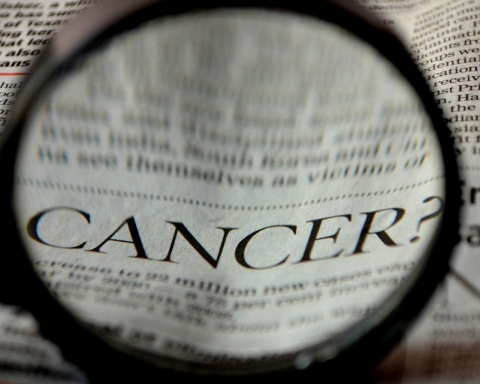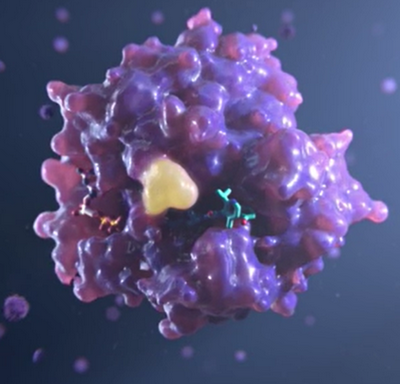For a cancer patient, the biopsy is a way of life. During regular screenings after the initial cancer diagnosis, and for years (or even a lifetime) to follow, oncologists rely on the biopsy – a surgical procedure typically done in an exploratory fashion to chart cell mutation – in order to look for any changes to the existing cancer, or presence of the disease in other areas. While it’s a necessary evil, the biopsy is invasive and requires a few days – or weeks – of down time in order to recover.
While we’re not on a path that sees a complete eradication of biopsy procedures anytime in the near future, there is an exciting new method of testing that could minimize the reliance on it. Until now, oncologists relied on biopsies because – although there were other tests out there – the biopsy was the only method with accurate and predictable results that allowed for complete confidence and confirmation of cell mutation in cancer patients.
Now, we have additional options that you can discuss with your healthcare professional that might reduce the need for exploratory biopsies.
A company called Trovagene has tested and perfected a method used to detect mutations in cancer patients by using nothing more than a simple urine or blood test.
Let’s take a look at how this is done.
What is BRAF Mutation?
BRAF is a gene responsible for making a protein called B-Raf. The gene – a proto-ocogene sends signals within cells which are responsible for cell growth. This protein is often mutated in certain forms of cancer, which could lead to identifying cancerous cell growth. Trovagene is able to detect the BRAF mutation in urine or blood and the physician can then adjust cancer treatment.
Understanding ctDNA
Circulating tissue DNA – or ctDNA – are small, degraded fragments of DNA caused by the death of cancerous cells. Whether the cell dies naturally, or due to treatment methods – such as chemotherapy or radiation – it leaves small fragments of its own DNA in your bloodstream. Over time, this ctDNA makes its way into your bladder, and is expelled through urination. Using this ctDNA within your blood or urine allows for analysis of your sample for [AL1] mutations in order to chart changes to your cancer, or better map a plan for treatment.
After a sample is collected and sent to Trovagene, the results are analyzed through a proprietary process and the results are made available to your doctor.
Will I Still Need a Biopsy?
Ultimately the need for a biopsy is up to your healthcare professional. While these tests could minimize the need for simple exploratory procedures to track cell mutation, they might still be necessary for removal or additional exploration of the affected area. What the test can do is limit or eliminate the need for a biopsy.
Only your doctor knows what’s right for you, but it never hurts to ask about a BRAF mutation test as a substitute for an exploratory biopsy.
[AL1] Cells can’t mutate – only genes have mutations.








